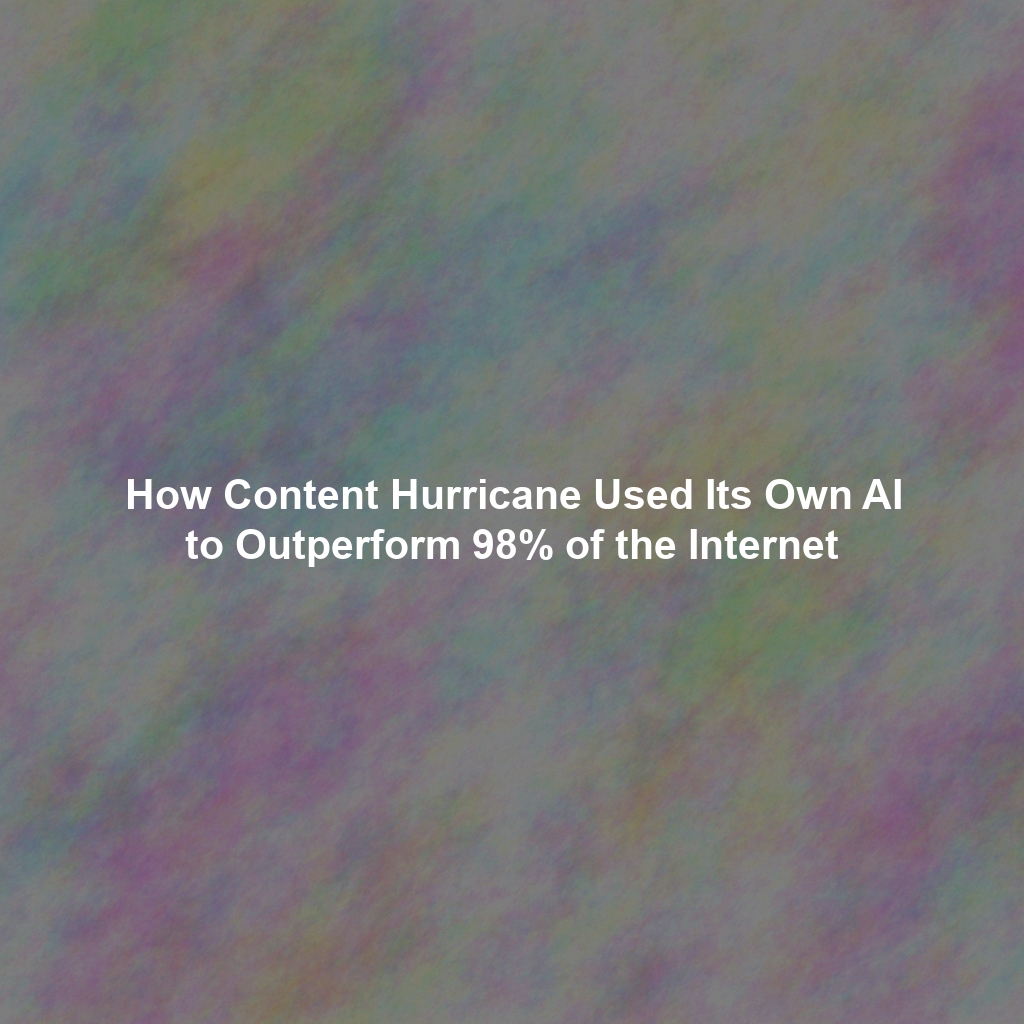The B2B content landscape is rapidly evolving. Standing out from the noise requires not just compelling content, but also a streamlined production process. In 2025, the companies that thrive will be those who effectively blend human creativity with the power of artificial intelligence. This article explores how to strike that optimal balance, leveraging the best AI tools to scale your B2B content production while retaining the crucial human touch that builds trust and authority.
The Rise of AI in B2B Content Creation
AI is no longer a futuristic concept; it’s a present-day reality transforming how B2B content is created, distributed, and analyzed. From automating repetitive tasks to generating initial drafts, AI tools offer significant advantages in terms of efficiency and cost-effectiveness. However, the key to success lies in understanding where AI excels and where human expertise remains indispensable.
Where AI Shines: Efficiency and Scale
AI is particularly well-suited for tasks that require speed, data processing, and repetitive execution. Some key areas where AI can contribute significantly include:
- Research and Data Gathering: AI-powered tools can quickly analyze vast amounts of data, identify industry trends, and gather competitive intelligence, saving content creators valuable time.
- Drafting and Outlining: AI can generate initial drafts of articles, blog posts, and white papers, providing a foundation for human writers to build upon.
- SEO Optimization: AI tools can analyze keywords, optimize content for search engines, and track performance, improving visibility and reach.
- Content Repurposing: AI can automatically repurpose existing content into different formats, such as turning a blog post into a social media thread or a webinar into a series of short videos.
- Content Editing & Grammar Checking: AI-powered tools can efficiently identify grammatical errors, suggest improvements in style, and ensure consistency in tone.
The Human Element: Strategy, Voice, and Trust
While AI offers tremendous benefits, it cannot replace the human element in B2B content creation. Building trust and establishing authority requires a nuanced understanding of your audience, their needs, and the specific challenges they face. This is where human expertise shines.
- Strategic Direction: Defining your content strategy, identifying target audiences, and aligning content with business goals requires human insight and strategic thinking.
- Brand Voice and Storytelling: Crafting a unique brand voice and telling compelling stories that resonate with your audience requires creativity, empathy, and a deep understanding of your company’s values.
- Quality Assurance and Fact-Checking: While AI can assist with editing, human oversight is essential to ensure accuracy, credibility, and adherence to ethical standards.
- Original Thought and Innovation: AI can generate content based on existing data, but it cannot replicate original thought, innovative ideas, or groundbreaking research.
- Building Relationships: Engaging with your audience, responding to comments, and fostering relationships requires human interaction and genuine connection.
The Best AI Tools for Scaling B2B Content Production in 2025
Several AI tools are poised to revolutionize B2B content production in 2025. Here are a few examples:
- AI-Powered Content Generators (e.g., Jasper, Copy.ai): These tools can generate initial drafts, headlines, and social media copy, saving writers time and sparking inspiration. Remember to always fact-check and refine the output.
- SEO Optimization Tools (e.g., Semrush, Ahrefs with AI features): These platforms now integrate AI to help identify relevant keywords, analyze competitor content, and optimize your content for search engines.
- AI-Driven Research Platforms (e.g., LexisNexis, Westlaw with AI enhancements): These tools can quickly analyze legal documents, industry reports, and market data, providing valuable insights for content creation.
- Grammar and Style Checkers (e.g., Grammarly Business, ProWritingAid): These tools leverage AI to identify grammatical errors, suggest improvements in style, and ensure consistency in tone.
- AI-Powered Content Repurposing Tools (e.g., Article Forge with added features): These emerging tools are designed to intelligently adapt and repurpose existing content into various formats.
Important Note: The AI landscape is constantly evolving. It’s crucial to research and test different tools to find the best fit for your specific needs and budget. Always prioritize data privacy and security when using AI tools.
Building the AI-Assisted Content Workflow
Implementing an AI-assisted content workflow requires careful planning and execution. Here’s a framework to guide your efforts:
- Identify Pain Points: Analyze your current content production process to identify bottlenecks and areas where AI can provide the most value.
- Set Clear Goals: Define specific, measurable, achievable, relevant, and time-bound (SMART) goals for your AI implementation.
- Choose the Right Tools: Research and select AI tools that align with your specific needs and budget.
- Train Your Team: Provide training to your content creators on how to effectively use AI tools and integrate them into their workflow.
- Establish Guidelines: Develop clear guidelines for AI usage, including ethical considerations, quality control processes, and brand voice consistency.
- Monitor and Optimize: Continuously monitor the performance of your AI-assisted workflow and make adjustments as needed to optimize efficiency and effectiveness.
Conclusion: Embracing the Future of B2B Content
The future of B2B content creation lies in the effective integration of human creativity and AI automation. By embracing the right AI tools and establishing a well-defined workflow, you can scale your content production, improve efficiency, and create engaging content that resonates with your audience. Remember, AI is a powerful tool, but it’s ultimately a means to an end. The human element – strategic thinking, brand voice, and genuine connection – remains the cornerstone of successful B2B content marketing in 2025 and beyond. The optimal balance is the key to unlocking sustainable growth and establishing your brand as a trusted authority in your industry.




Leave a Reply